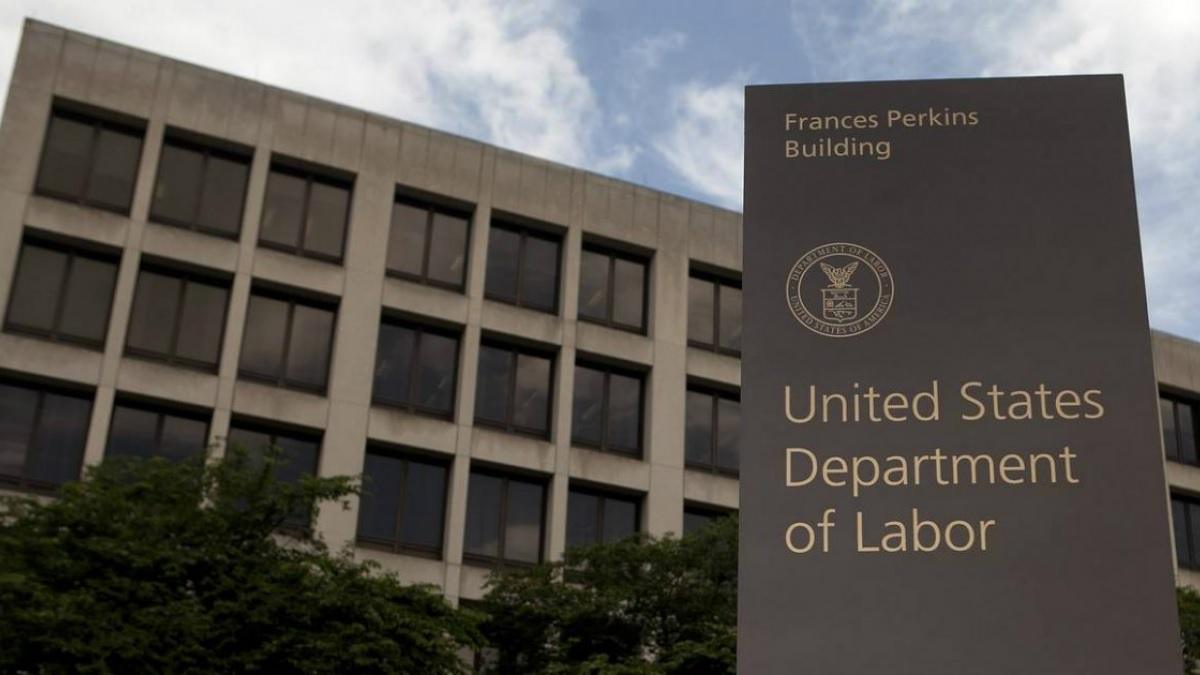DOL Issues Final Rule on ESG Investing, Critics Call Rule “Out of Step” and “Unwelcome”
The U.S. Department of Labor (DOL) has issued its finalized rule regarding ESG investment in ERISA plans. The controversial rule was originally proposed by the DOL in June 2020, and met with significant resistance and criticism from major investors, standard setting organizations and many other in the sustainable investing and broader investing community. While the revised rule softens the language used regarding ESG investing, it will still likely place pressure on managers looking to increase the use of sustainability factors in their investment processes.
When issuing the initial proposal in June, the DOL was clear in its intention to limit the use of ESG investing in ERISA plans. At the time, Secretary of Labor Eugene Scalia, said:
“Private employer-sponsored retirement plans are not vehicles for furthering social goals or policy objectives that are not in the financial interest of the plan. Rather, ERISA plans should be managed with unwavering focus on a single, very important social goal: providing for the retirement security of American workers.”
While the DOL stated that the primary purpose of the new rule was to ensure that plan fiduciaries focus on financial objectives in their decision-making process, and not sacrifice performance for non-financial considerations, many investors and stakeholders pointed out that the rule would, in fact, have the opposite effect, and end up hurting investors’ financial interests, exposing them to unnecessary risk and potentially harming returns.
In response to the numerous comments received by the DOL, the final rule softened the language surrounding the limitations on sustainable investing, removing the term “ESG investing” entirely from the rule. The preamble, to the rule, however, makes it clear that ESG is a primary target, mentioning ESG more than 300 times.
The final rule makes clear that fiduciaries fulfill their responsibilities by factoring in only pecuniary considerations when selecting and monitoring investments. In the event that investment alternatives appear equivalent on their pecuniary factors – a scenario that the DOL makes clear it views as occurring “very rarely in practice, if at all” – the rule states that the fiduciary may base the investment decision non-pecuniary factors, provided that the fiduciary documents why the pecuniary factors were not sufficient to select the investment, how the investment compares to alternative investments, and how the chosen non-pecuniary factors are consistent with the interests of the plan.
Following the release of the rule, several sustainability-themed organizations have criticized the chilling effect it is likely to have on ESG investing.
Mindy Lubber, CEO and President of sustainability organization Ceres, wrote:
“This is another harmful action by the Trump administration, at a time when the global climate crisis looms large as another systemic risk upending lives, livelihoods, and causing deadly devastation and damage. Today’s decision is unwelcome by pension funds and other fiduciaries and runs counter to global market trends and the mainstream U.S. and global practice of integrating ESG factors into investment decisions.”
Lubber continued:
“This decision will impair the ability of pension funds to consider the short and long-term financial risks posed by extreme weather, water shortages and human rights abuses in performing their investment analysis and allocations,” added Lubber. “It will also likely reduce the availability of ESG funds at a time when investors are clamoring for more environmentally and socially responsible investments, and when a renewed focus on sustainable economies and ecosystems is on the rise in the mainstream.”
Striking a similar note, Lisa Woll, CEO of US SIF: The Forum for Sustainable and Responsible Investment, said:
“This rule is out of step with professional investment managers who increasingly analyze ESG factors precisely because of long-term risk, return and fiduciary considerations. Investments under professional management utilizing ESG factors increased from $8.7 trillion at the start of 2016 to $12.0 trillion at the start of 2018, a 38 percent increase.
“The rule will create confusion in the entire retirement market about the ability to offer funds that utilize ESG criteria. We realize that this is the intention of the Department of Labor, but it is wrong and most importantly, shortsighted.”





